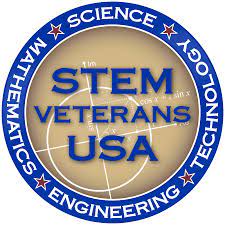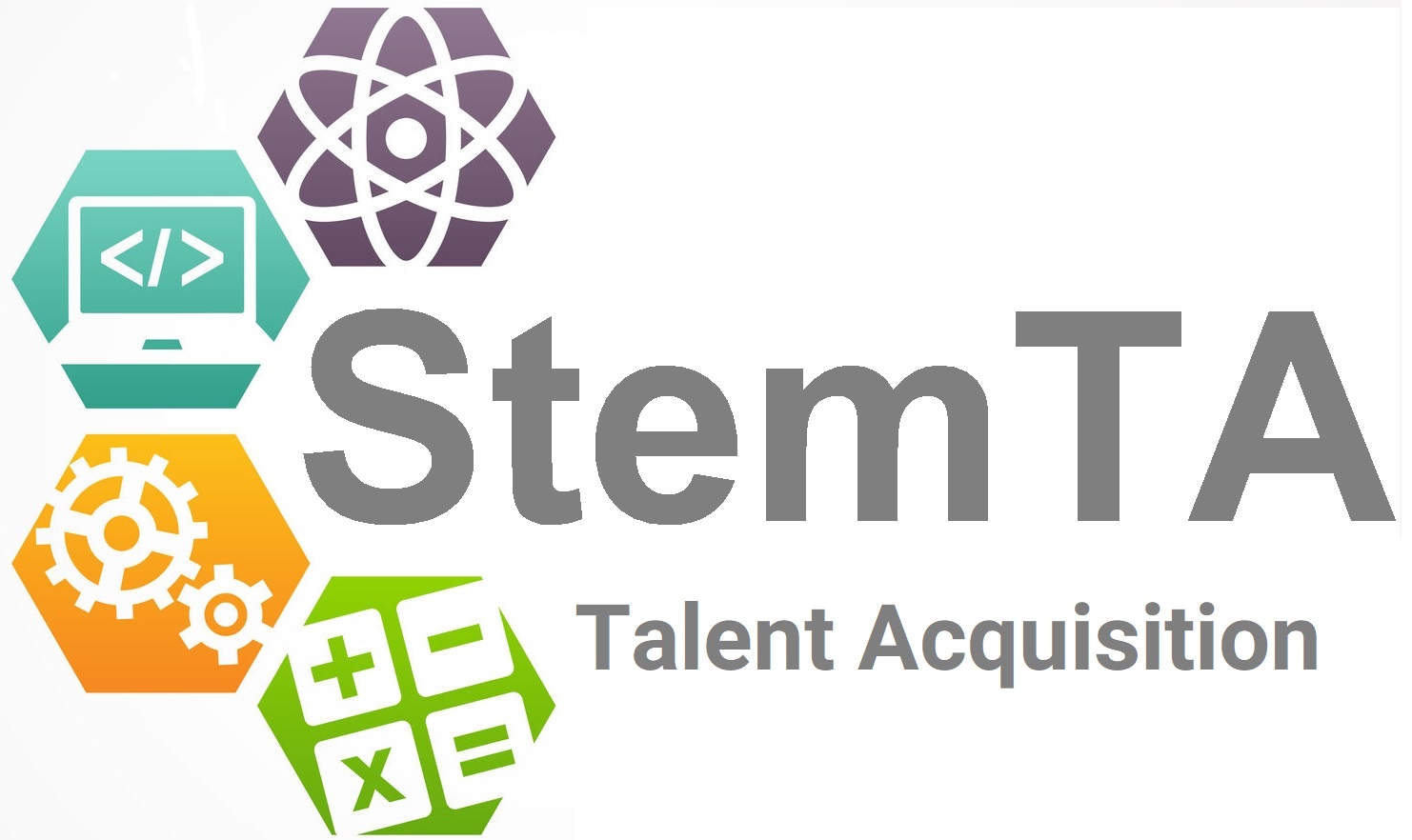Recruiting Military Veterans for STEM Jobs

Recruiting Military Veterans.
The military has long been a source of some of the most talented and dedicated individuals in the workforce. Many of these veterans have developed unique skill sets and experiences that make them an ideal fit for STEM jobs. However, it can be challenging for employers to know how to effectively recruit and hire military veterans.
In this article, we will discuss the benefits of Recruiting US Military Veterans for STEM jobs and provide best practices for recruiting and hiring these valuable employees.
Benefits of Recruiting Military Veterans for STEM Jobs
Recruiting Military Veterans bring a wealth of experience, skills, and qualities to the workforce that can benefit STEM companies in several ways:
- Technical Skills: Many military veterans have received training in technical fields such as electronics, engineering, and information technology. This training often includes hands-on experience that can be directly applied to STEM jobs.
- Leadership: Military veterans are trained to lead and manage teams in high-pressure environments. This experience can be particularly valuable in STEM fields where team collaboration is critical.
- Adaptability: Military veterans have a unique ability to adapt to changing circumstances and environments, which is particularly important in the fast-paced world of STEM.
- Work Ethic: Military veterans are known for their strong work ethic and commitment to excellence. This dedication can translate into success in STEM jobs.

Best Practices for Recruiting Military Veterans for STEM Jobs
To effectively recruit and hire military veterans, employers should consider the following best practices:
- Partner with Veteran Organizations: Reach out to veteran organizations and agencies to help identify potential candidates. Many organizations are dedicated to connecting military veterans with civilian jobs and can be a valuable resource.
- Highlight Military-Friendly Policies: Recruiting Military Veterans by promoting your company’s military-friendly policies such as flexible work arrangements, tuition assistance, and military leave benefits. This can help attract and retain military veteran employees.
- Understand Military Experience: Take the time to understand the unique experiences and skills that military veterans bring to the table. This will help you better understand how they can contribute to your company’s STEM jobs.
- Translate Military Experience: Help military veterans translate their military experience into civilian job skills. This can be particularly important in technical fields where military training and terminology may differ from civilian practices.
- Provide Mentorship and Training: Offer mentorship and training programs to help military veterans transition into civilian STEM jobs. This can include on-the-job training, career development, and networking opportunities.
Military veterans represent a valuable source of talent for STEM jobs. By understanding the unique experiences and skills that military veterans bring to the table, and following best practices for recruiting and hiring, STEM companies can build diverse and talented workforces that drive innovation and success.



Responses